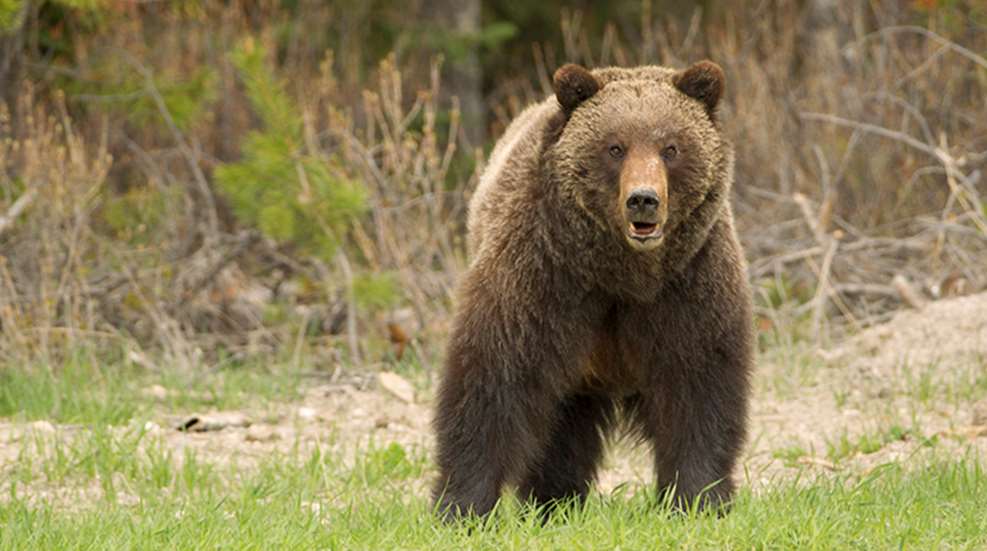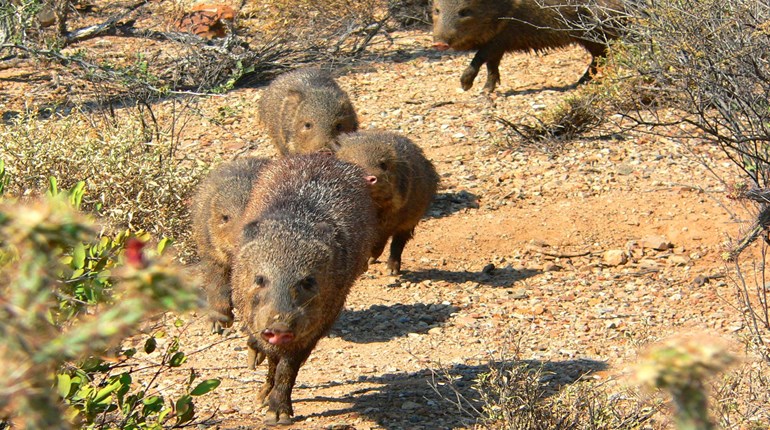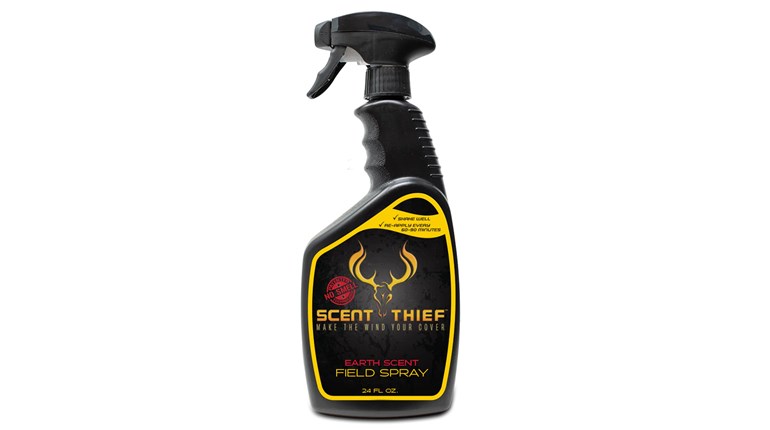
After 42 years of federal protection, the U.S. Fish and Wildlife Service (USFWS) has ruled to remove the Greater Yellowstone Ecosystem (GYE) grizzly bear from the Endangered Species List. Effective July 31, management of the recovered GYE grizzlies will return to state agencies.
The USFWS’ decision to delist the GYE grizzlies was based on over four decades of intensive scientific efforts. According to the Interagency Grizzly Bear Study Team (IGBST), the Yellowstone grizzly bear has more than doubled their range since the mid-1970s to inhabit more than 22,500 square miles of the GYE. The population’s stability over the last decade and other population trends suggest that the GYE is at or near its capacity to support grizzly bears. When listed as threatened in 1975, the grizzly bear population in the GYE was estimated to be less than 150. Today, conservative estimates put the GYE grizzly population at 700, according to the USFWS.
“As a kid who grew up in Montana, I can tell you that this is a long time coming and very good news for many communities and advocates in the Yellowstone region,” said U.S. Secretary of the Interior Ryan Zinke. “This achievement stands as one of America’s great conservation successes; the culmination of decades of hard work and dedication on the part of the state, tribal, federal and private partners. As a Montanan, I’m proud of what we’ve achieved together.”
The Endangered Species Act (ESA) requires that the USFWS, in cooperation with the states, monitor the recovered grizzly for a minimum of five years to ensure the population can sustain itself without ESA’s protective regulations. Prior to today’s final ruling, the Yellowstone Ecosystem Committee finalized the 2016 Conservation Strategy that will guide post-delisting monitoring and management of the GYE grizzly bears.
Though management plans have yet to be finalized, Idaho, Wyoming and Montana—the three states that will take over jurisdiction of the GYE grizzlies—have adopted a Tri-State Memorandum of Agreement which includes outlines for limited regulated hunting in the future. At press time, it is unknown when such limited hunting could occur.
To view the USFWS’ final rule and related documents, click here.





































